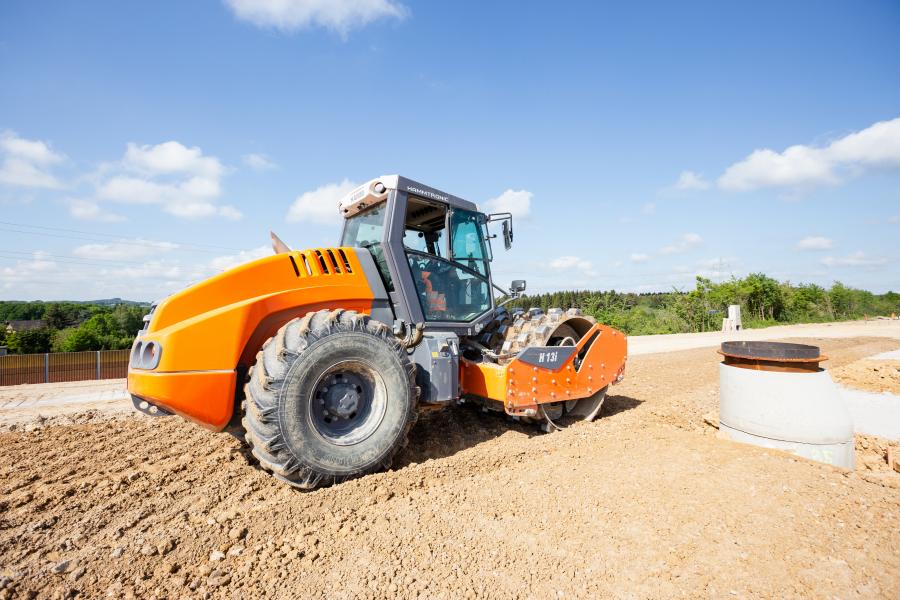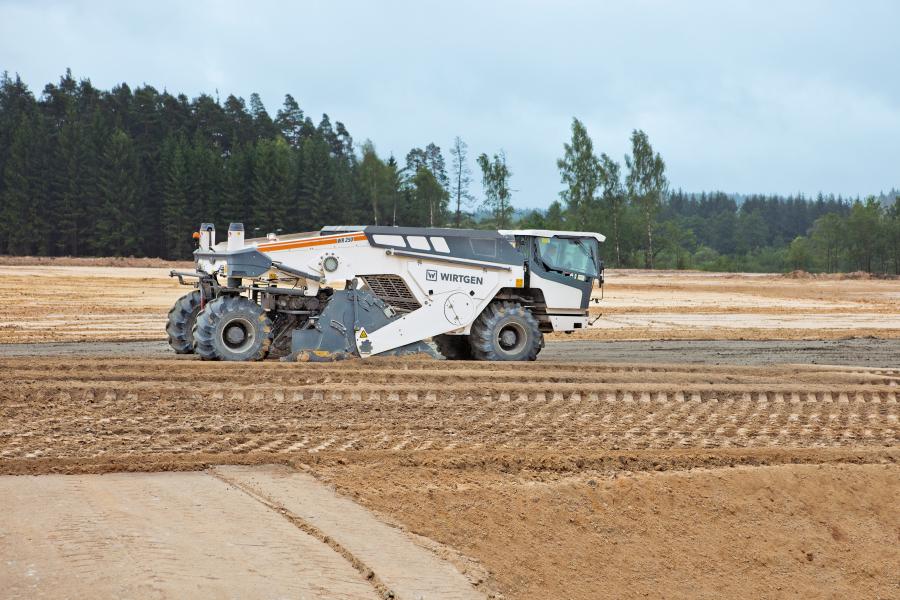Home \ International \ A solid foundation for an industrial park with Wirtgen Group
A solid foundation for an industrial park with Wirtgen Group
21/01/2021
Pubblicato da Redazione
During the development of a new industrial site, Wirtgen Group machines in conjunction with a John Deere tractor lay the foundation for the business park’s further construction.
Soil stabilizing is a particularly cost-effective and resource-friendly method for achieving the proper bearing capacity and quality of the soil and preparing it for civil engineering or building construction projects. In order to permanently improve the soil’s properties, a series of machines are usually required. Depending on the application, this can include a binding agent spreader, a soil or tractor-towed stabilizer, a grader, and soil compactors.
The Perfect Recipe
In order to prepare the more than 80,000 m² site for development, the earthworks activities included raising the site’s ground level by up to 10 m. In the process, several hundred thousand cubic meters of soil had to be stabilized and consolidated layer by layer. The binding agent for the soil with a low bearing capacity was defined as 10 kg/m² lime-cement mixture. While lime improves the ability to pave over and consolidate the wet, cohesive soil, cement permanently increases its bearing capacity, volume stability, and resistance to water and frost.
Outstanding Mix Quality
First, binding agent spreaders from the Wirtgen Group’s system partner Streumaster precisely pre-spread the mixed binding agent. Wirtgen soil stabilizers were responsible for homogeneously mixing in the binding agents. All-wheel-drive soil stabilizers like the WR 250 were used for this process – which, with 766 PS, a working width of 2.4 m, and a working depth of 560 mm, is particularly suitable for such large-scale jobs. As such, the high-performance WR 250 can achieve daily rates of between 6,000 and 12,000 m².
A WS 250 tractor-towed stabilizer, also known as a stabilizing or tractor-towed milling machine, was also used. Unlike the self-propelled machines in the WR series, the WS 250 requires a traction vehicle to mix soils up to 500 mm deep across a working width of 2.5 m – in this case, a John Deere 8R 370 tractor from the new 8R series. It only takes a few simple steps to attach the WS 250 to the tractor using the standardized three-point hitch, and it is then immediately ready for use.
Using their powerful milling and mixing rotors, Wirtgen soil stabilizers and tractor-towed milling machines jointly mixed the binding agents into the soil at a depth of 40 cm, transforming it layer by layer into the desired high-quality, homogeneous soil-binding agent mixture.
Consolidating with the Right Technology
For final consolidation, the contractor relied on powerful compactors from Hamm’s H series. The compactors owe their excellent off-road performance to the 3-point swivel joint which, together with the large bank sloping angles at the front and rear, also makes the compactors highly maneuverable and stable.
Since the most effective way to consolidate cohesive soil is to use compactors with padfoot drums, an H 13i P initially took the lead on site. With its trapezoidal pad feet on the drum, the roller left deep impressions in the soil, which could then dry out better due to the increased surface area. After graders had leveled the soil, H series compactors took over again, this time with smooth drums. They were responsible for the final compaction of the stabilized soil and its ultimate stiffness.

Ultime notizie di Wirtgen Macchine

Earthmoving Machinery
21/11/2024
Kleemann: New compact crusher used for recycling
Impact crusher MOBIREX MR 100i NEO impresses during operatio...

Road Machinery
04/11/2024
Wirtgen: Widening of the Ruta 5 highway from Montevideo to the Brazilian Border
Efficient concrete paving solutions from Wirtgen ensure the...
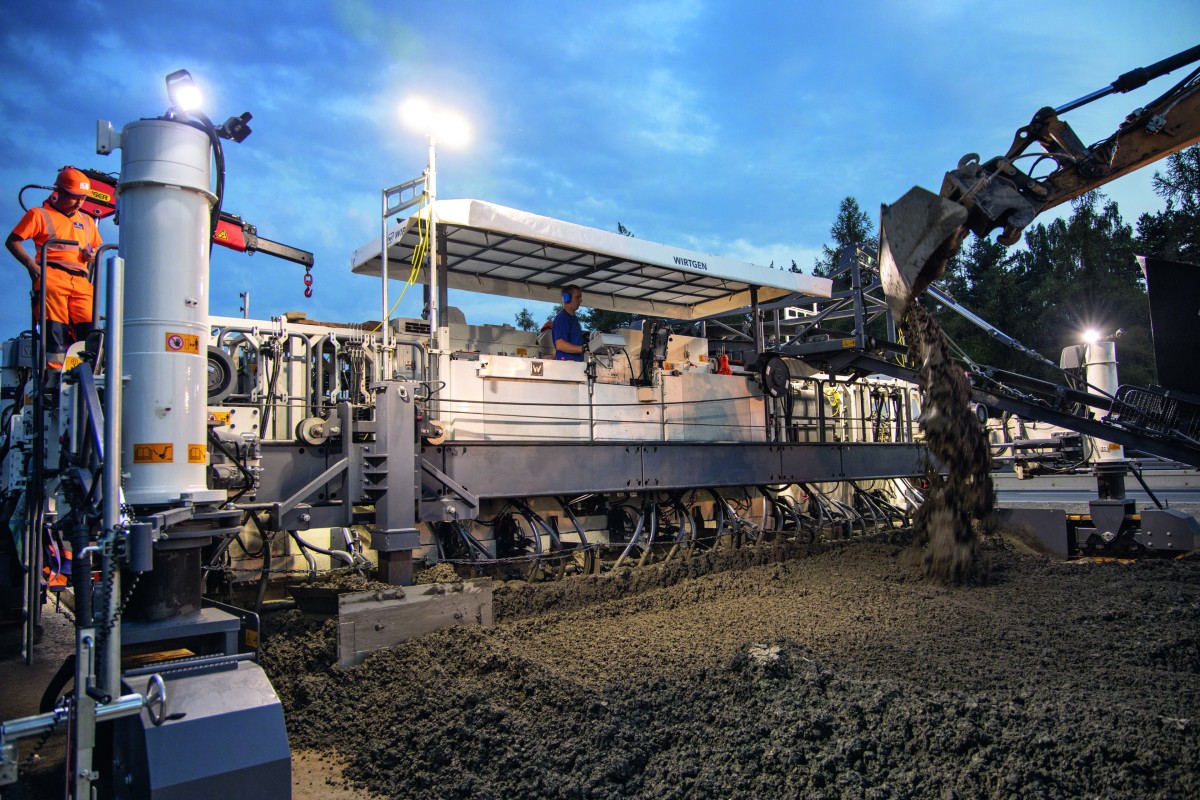
Road Machinery
31/10/2024
Wirtgen: Concrete paving with inset slipform pavers
Wirtgen has been offering machines for inset slipform paving...
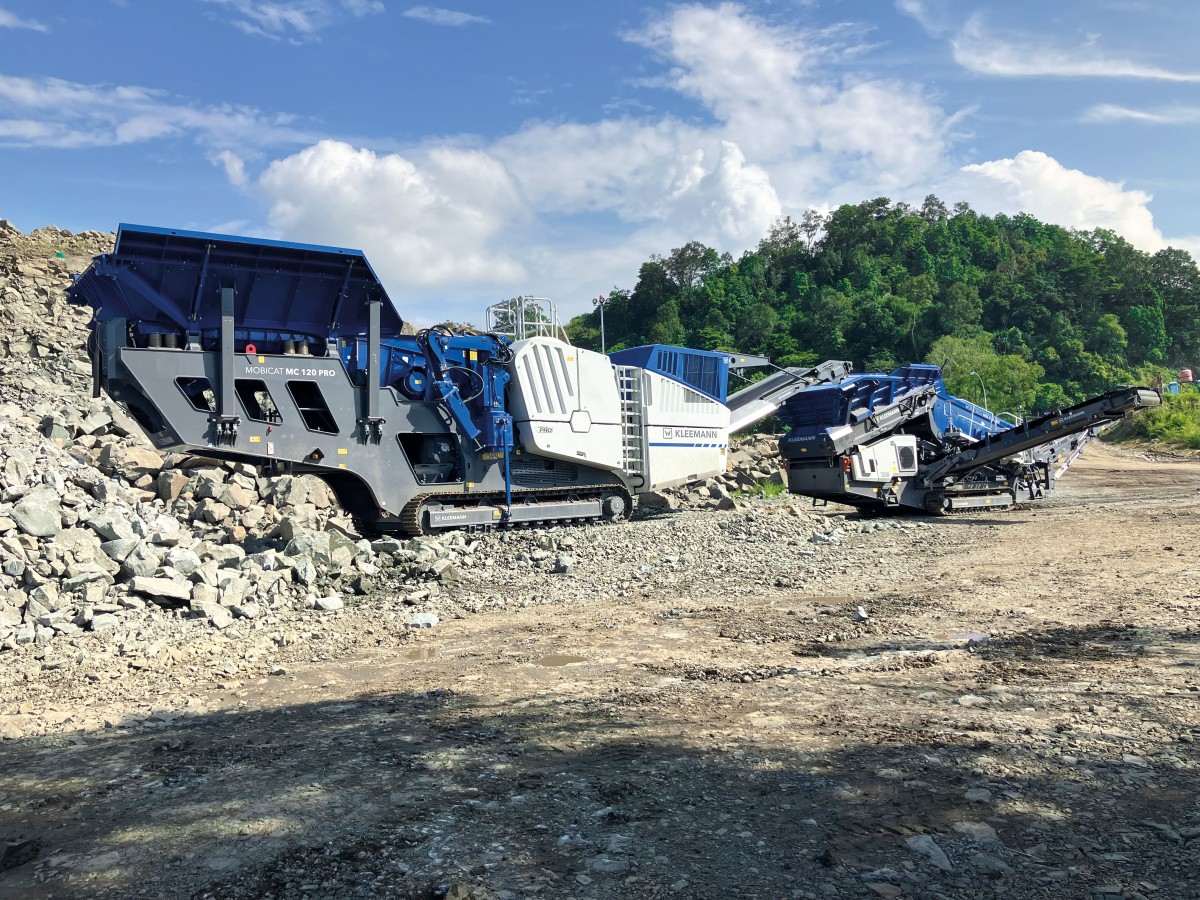
Earthmoving Machinery
28/10/2024
Kleemann: Andesite processing in Indonesia
A MOBICAT MC 120 PRO and a MOBISCREEN MSS 802 EVO are deploy...
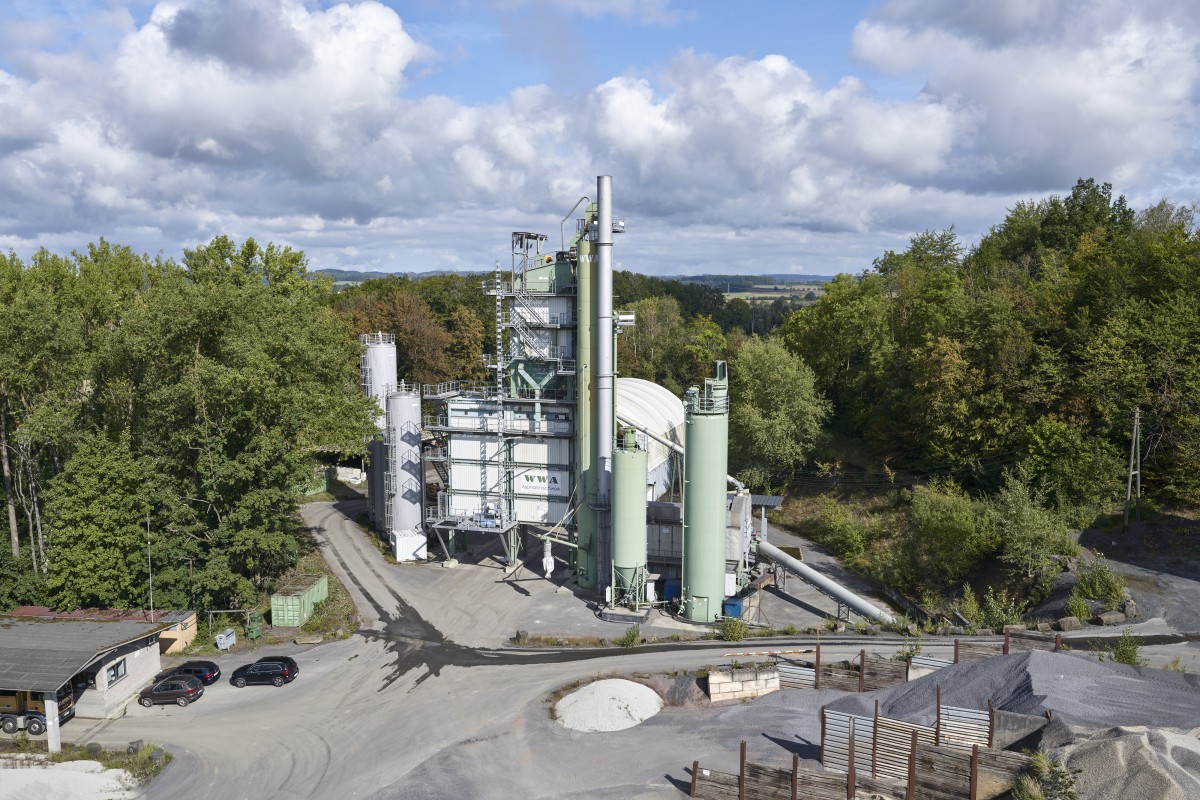
Earthmoving Machinery
24/10/2024
Benninghoven's REVOC system proven in practice
The REVOC Retrofit solution has been installed at an existin...
Road Machinery
01/10/2024
The Wirtgen Group at Paving Expo 2024
The Wirtgen Group presents groundbreaking technologies at Pa...
Altri International
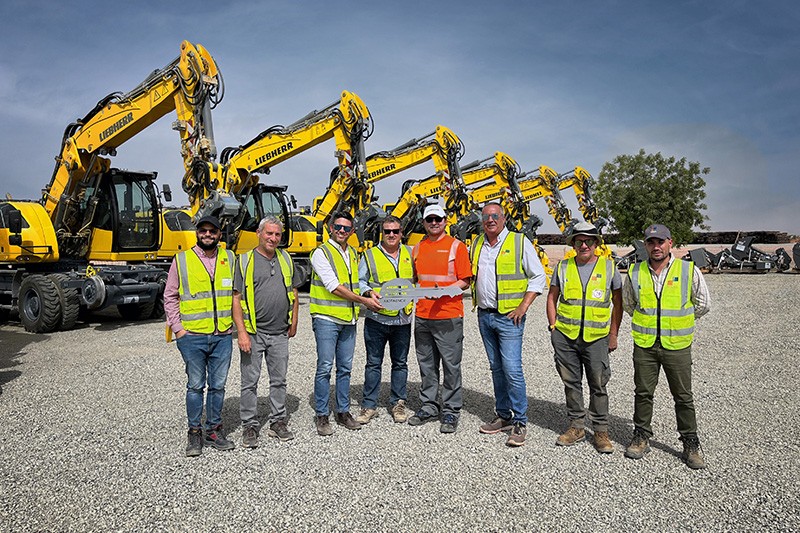
International
26/11/2024
Mota-Engil orders 10 Liebherr railroad excavators for a major project in West Africa
The Portuguese construction company Mota-Engil has once agai...
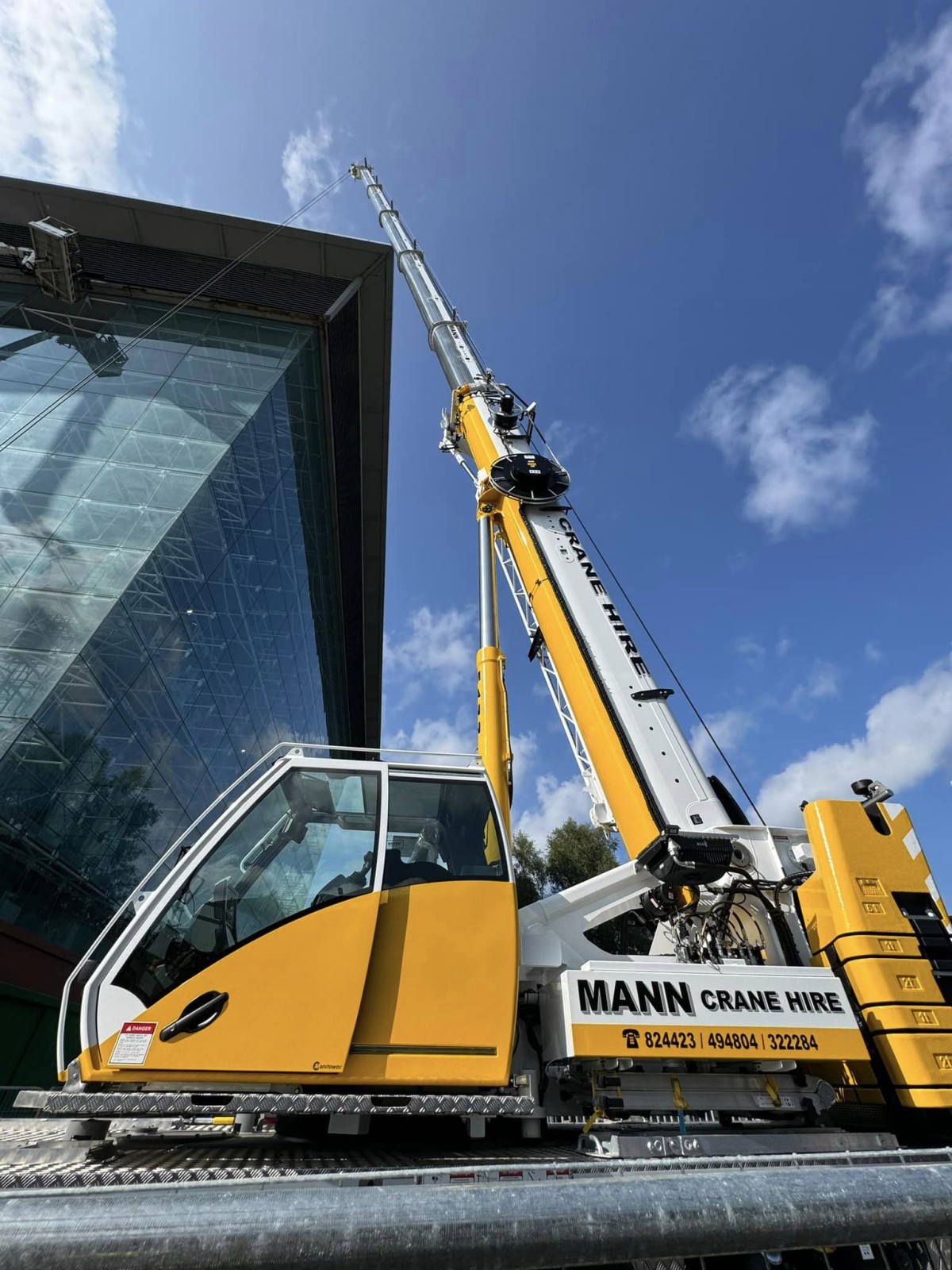
International
25/11/2024
New Grove GMK3060L-1 drives busy schedule for Mann Crane Hire
• Mann Crane Hire selected the GMK3060L-1 for its class-lead...
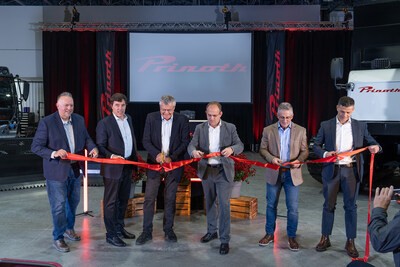
International
25/11/2024
Prinoth Unveils Expanded Production Facility in Granby, Canada
Prinoth held an event to announce the official opening of it...

International
23/11/2024
GPMat International takes delivery of two Raimondi T147s residential development in the South of France
- Official agent of France expands its product lineup with t...

International
22/11/2024
Sarens acquires additional SCHEUERLE SPMT K24 modules
renowned for its expertise in crane rental services, heavy l...
International
22/11/2024
Five WOLFF cranes modernize Oslo’s Ulven district
With a total of five WOLFF cranes of type 7534.16 Clear, Wol...











